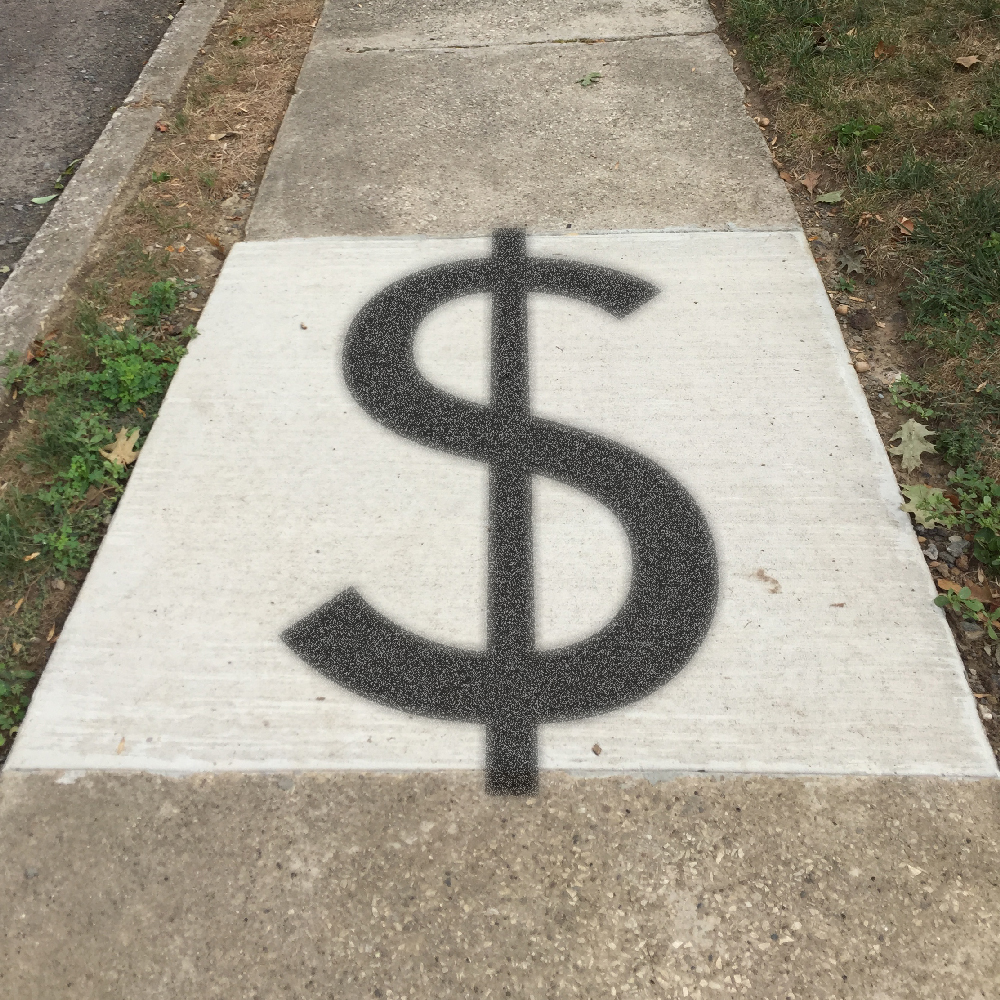In a recent post by our friends at StrongTowns, Kevin Posey compares sidewalk funding mechanisms in various communities against their WalkScores.
Using this tool, let’s check a few cities to see how high their walk scores are under the following two conditions:
- The city spreads the cost of building and maintaining sidewalks among all taxpayers, as with streets and highways via taxation.
- The city puts the onus of paying for sidewalk maintenance and construction on the adjacent property owners.
The possible walk score range is 0-100. Higher scores reflect better walkability.
Of course it matters, but not in the way this article posits. Comparing walk scores against sidewalk funding sounds like a false equivalency. Your community can be extremely walkable and have horrible sidewalks providing you still live within a quarter mile of what you need to access. The article’s summation points that out. Places built when people walked have high walk scores. Well, who doesn’t know that?
Scoring high: New York City. Scoring low: Atlanta, Georgia.
What becomes more important is the quality of what was built, and how it is ultimately maintained. Presumably, if you moved to a place without sidewalks, you did so willingly and understood that you not only needed your car to get everywhere, but that was your preference all along. If you suddenly become a walkable advocate, of course you’re going to prefer that someone else pay for it.
Incidentally, our Walk Score is 58, right in between NYC and Atlanta, and we live within a tee-shot from the train station.
Read more here.




